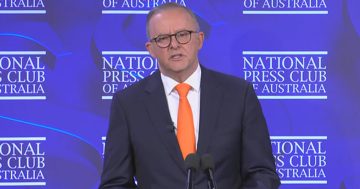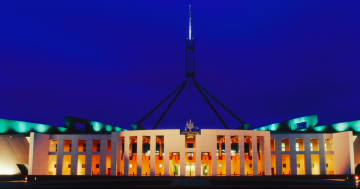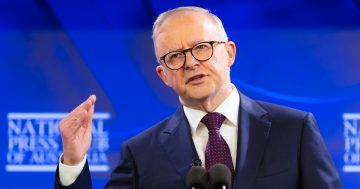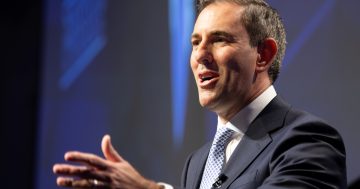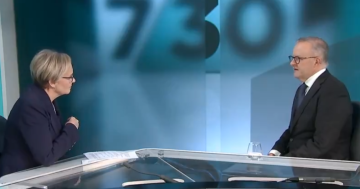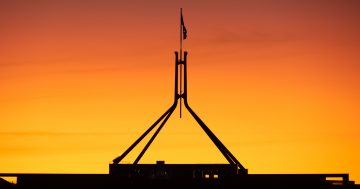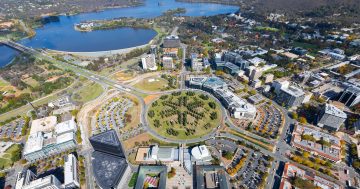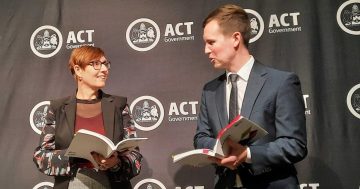
The 2018-19 Federal Budget handed down by Treasurer Scott Morrison this week expects to raise $445 billion in income and realise a deficit of $18 billion by the end of the year with an expectation of returning to balance in 2019-20.
According to Mr. Morrison his third Budget is a ‘Plan for a Stronger Economy’.
“A modest balance of $2.2 billion in 2019-20 is forecast, increasing to projected surpluses of $11 billion in 2020-21 and $16.6 billion in 2021-22”, Mr Morrison said.
The centrepiece of the Budget is a three-step, 7-year personal tax relief plan to benefit low and middle income earners as its first priority.
Mr Morrison said the first step would include a non-refundable tax offset of up to $530 for low and middle income earners every year from 2018-19 to 2021-22.
He said the second step would be to increase the top threshold of the 32.5 per cent tax bracket for $87,000 to $90,000 from 1 July this year and to increase the top threshold of the 19 per cent tax bracket from $37,000 to $41,000 from 2022-23.
He said that from 1 July 2022 the top threshold of the 32.5 per cent tax bracket would go up from $90,000 to $120,000.
Mr Morrison said the third and final step would see the 37 per cent tax bracket abolished completely from 1 July 2024 with the top threshold of the 32.5 per cent bracket risen to $200,000.
Mr Morrison said that by providing tax cuts in stages the Government was prioritising tax relief to low and middle income earners to help with cost of living pressures.
He said the Budget would also continue the $75 billion rolling infrastructure plan to address congestion in cities and make rural roads safer and ensured the Government lived within its means.


